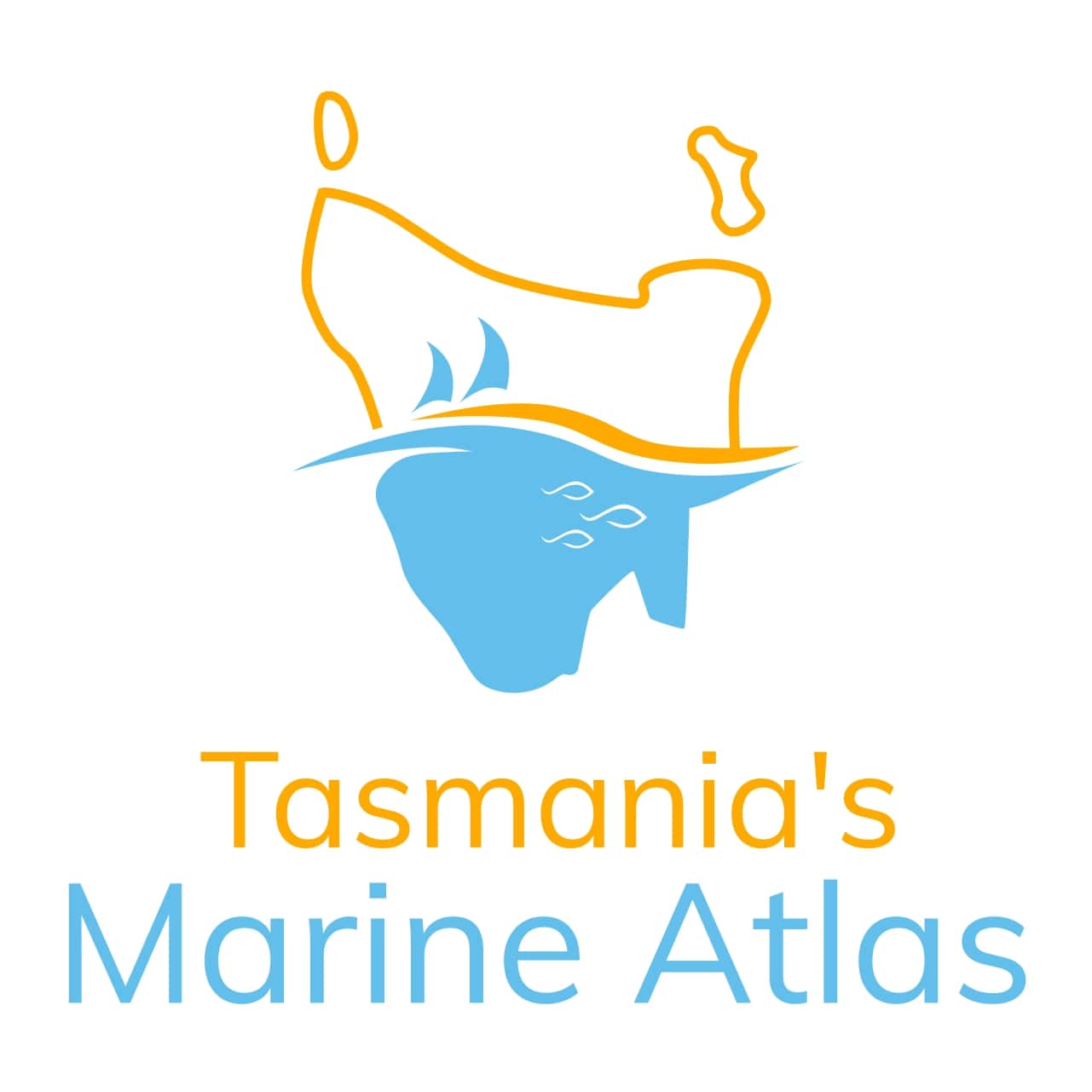EARTH SCIENCE | OCEANS | WATER QUALITY
Type of resources
Topics
Keywords
Contact for the resource
Provided by
Years
-
Data were collected by third-year students on a KSA324 field excursion down the D'Entrecasteaux Channel, on the IMAS vessel Noctiluca. The purpose of the trip was for students to learn how to collect various common types of oceanographic data and work on a research vessel. The study was designed to assess the impact of finfish farming in the Channel on local nutrient levels and water quality. The Tasmanian Environment Protection Authority (EPA) methods for water quality monitoring around finfish farms (Ford 2021, p. 6 – 18) were replicated as closely as possible. The null hypothesis for this study was that, on the 17/04/2023, all measured physico-chemical and biological factors were not significantly above the levels specified by the EPA guidelines (Ford 2021, p. 6 – 18), in any of the four stations measured. These four stations were chosen because they were all further than 35 metres beyond the boundary of any finfish farms’ Lease Area, as specified by the EPA guidelines document (Ford 2021, p. 6). The precise latitudes and longitudes of these stations are as follows: M1 (-43.059295, 147.345047); M2 (-43.056057, 147.291386); M3 (-43.123841, 147.290882); M4 (-43.133534, 147.326519). The dataset includes measurements of temperature, conductivity, oxygen concentration, pH, turbidity, fluorescence and pressure taken by the CTD rosette. Depth, density, practical salinity, absolute salinity and conservative temperature were derived and also included. The dataset also contains bottle sample measurements of oxygen, pH and alkalinity, as well as both the total and dissolved concentrations of ammonia, NOx, nitrite, phosphate and silicate. Chlorophyll concentration, total plankton cell counts, and counts of only Gymnodinium catenatum (a toxic, invasive dinoflagellate) cells were also included in the dataset. The dataset also contains the Secchi depth at each station. Empty cells are indicated by “NA”. ODV data flagging convention was used: 0 = good quality; 1 = unknown quality; 4 = questionable quality; 8 = bad quality. Reference: Ford, W (Director for the Environment Protection Authority) 2021, Environmental Licence No. 9869/3, Environmental Licence under the Environmental Management and Pollution Control Act 1994, pp. 6 – 18.
-

This dataset depicts the location of the Broadscale Environmental Monitoring Program (BEMP) sites. It was compiled from data provided by EPA Tasmania, IMAS and published reports. BEMP was initiated in 2009 by the State Government to provide knowledge and information on ecosystem function in the D’Entrecasteaux Channel and Huon Estuary. BEMPs have been developed for all marine farming regions. The objective of each program is to document (on an ongoing basis) broadscale spatial and temporal trends for key environmental parameters, allowing assessment of the environmental effects of finfish aquaculture in Tasmania. Marine farming licence conditions include participation in respective BEMPs. The BEMP program initially covered assessment of water column and sediment health at a broadscale level but has been expanded to include inshore reef, deep-reef and seagrass distribution and health. Seagrass monitoring occurs over transects. In this dataset, only the start location is displayed. Sediment sampling includes benthic infauna, stable isotopes, particle size, visual assessment, redox analysis, and sulphide measurements. Visual assessment, redox and sulphide analysis is carried out each year, while analysis of benthic infauna, stable isotopes and particle size is undertaken every four years. In the intervening years these samples are collected, preserved and retained. Water quality analytes include physico-chemical parameters (temperature, dissolved oxygen and salinity), nutrients (dissolved nutrients: ammonia, nitrate, phosphate, and silicate, nutrients: total nitrogen, total phosphorous), chlorophyll a and phytoplankton species counts. Water quality sampling is undertaken monthly from May to January and fortnightly from February to April.
-
The National Outfall Database (NOD) project addresses the need of government and community to understand the impacts on health and the ocean environment that occur from sewerage outfalls around Australia. This dataset is part of the assessment and mapping of the marine impacts of wastewater disposal to ocean and estuarine waters in Australia. The data collected in this study is intended to be used to assist decision makers to understand risk and prioritise investment, to help the public understand water and wastewater management and make decisions when choosing recreation locations, and private operators seeking to re-use wastewater or products found within wastewater. Each outfall is divided into three levels of data; one (1) being basic information such as location, treatment, governance and size; two (2) being more detailed information taken from publicly available annual environmental monitoring reports, licence and other information; and three (3) containing highly detailed information such as daily performance data and receiving waters ecosystem assessments and studies to enable researchers and others to undertake comparative studies. The data custodian will make a data report and methodology available to provide a full explanation of this database. The National Outfall Database is an online resource available here: https://www.outfalls.info/ The database currently tracks 48 indicators across 192 monitoring sites. The data is also available for download in CSV format in the "online resources" section of this record, and will continue to be updated as new data becomes available (data currently available to 30/06/2022 - last checked 19/01/2024.
 IMAS Metadata Catalogue
IMAS Metadata Catalogue